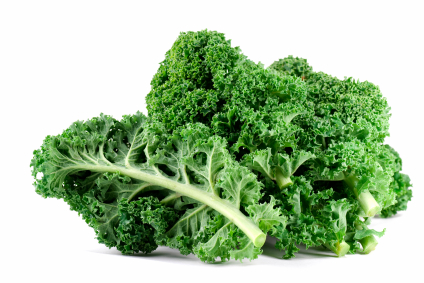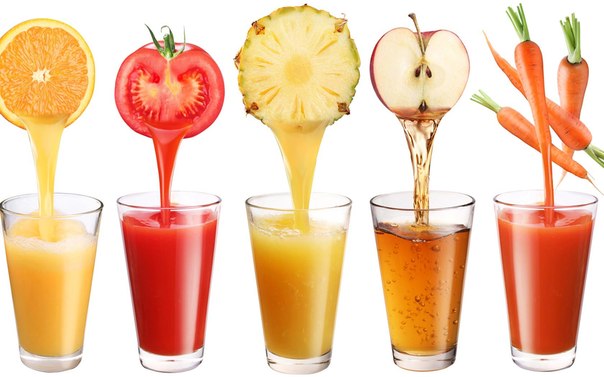ENJOY THE TASTE OF EATING RIGHT
Beef
|
Basil,
bay leaf, caraway, curry, dill, dry mustard, garlic, grape jelly, green
pepper, mace, marjoram, mushrooms (fresh), nutmeg, onion or onion powder,
parsley, pepper, rosemary, sage
|
Chicken
|
Basil,
cloves, cranberries, mace, mushrooms (fresh), nutmeg, oregano, paprika,
parsley,
pineapple,
saffron, sage, savory, tarragon, thyme, tomato, turmeric
|
Egg
|
Chervil,
curry, dill, dry mustard, garlic or garlic powder, green pepper, jelly,
mushrooms (fresh), nutmeg, onion powder, paprika, parsley, rosemary,
tarragon, tomato
|
Fish
|
Basil,
bay leaf, chervil, curry, dill, dry mustard, green pepper, lemon juice,
marjoram, mushrooms (fresh), paprika, pepper, tarragon, tomato, turmeric
|
Lamb
|
Cloves,
curry, dill, garlic or garlic powder, mace, mint, mint jelly, onion, oregano,
parsley, pineapple, rosemary, tarragon, thyme
|
Pork
|
Applesauce,
basil, caraway, chives, cloves, garlic or garlic powder, onion or onion
powder, rosemary, thyme
|
Veal
|
Apricots,
basil, bay leaf, currant jelly, curry, ginger, marjoram, mushrooms (fresh),
oregano, paprika
|
Vegetables
|
Basil,
dill, garlic or garlic powder, ginger, lemon juice, mace, marjoram, nutmeg,
onion or onion powder, tarragon, tomato, sugar or sugar substitute, salt-free
salad dressing, vinegar
|
Desserts
|
Allspice,
anise, cinnamon, cloves, ginger, mace, nutmeg, vanilla extract, other
extracts
|
By: Jessica Lilley, Dietetic Intern, Stephen F. Austin State University
References:
http://www.nutritioncaremanual.org/client_ed.cfm?ncm_client_ed_id=138&highlight=herbs%20and%20seasonings
http://www.eatright.org/nnm/#.UwTr1oX9pbw

